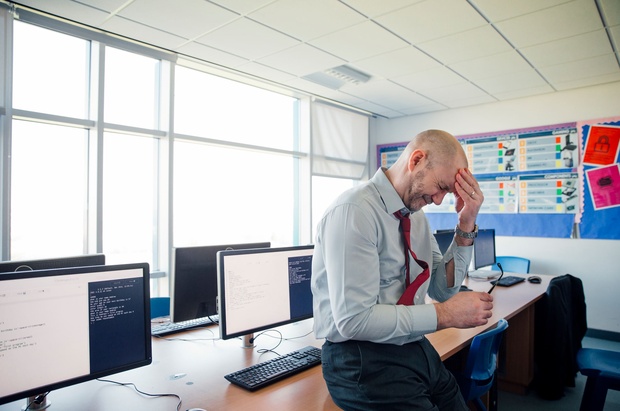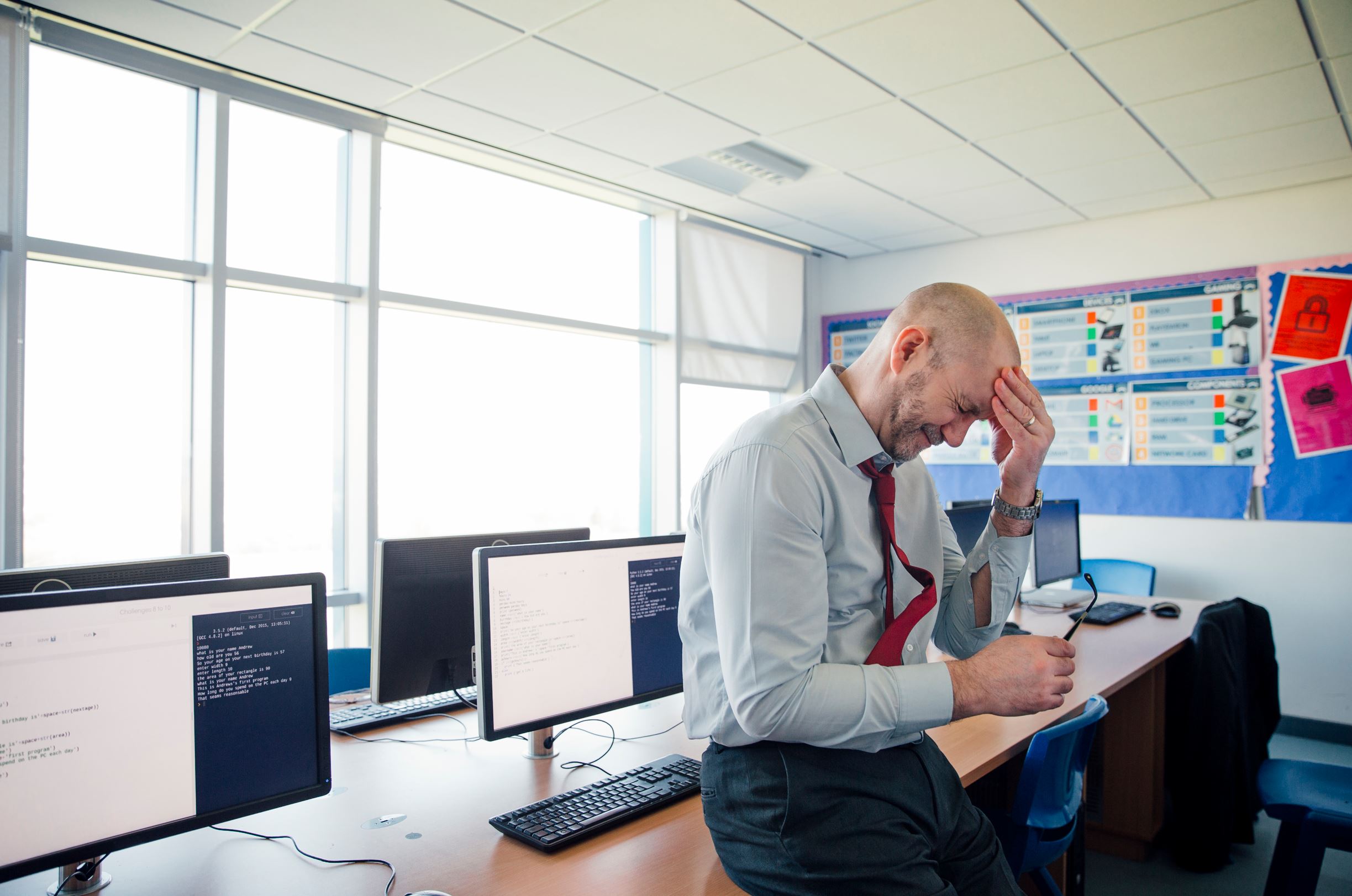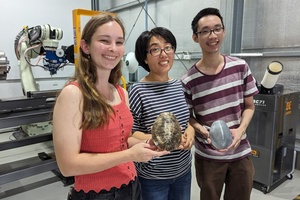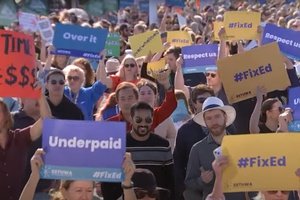Released last week, Australian Catholic University’s annual Australian Principal Occupational Health, Safety and Wellbeing Survey revealed 35 per cent of the 2300 principals and deputy principals participating had been subjected to cyberbullying, up from 29 per cent in 2020.
A staggering 88.5 per cent of cyberbullying instances involved parents last year, the study found.
Dr Paul Kidson, ACU chief investigator and a former school principal, tells EducationHQ that parents are launching – and latching onto – various kinds of hate ‘campaigns’ across social media which are quickly getting out of hand.
“It’s a trifecta,” he says of the findings.
“It’s the threats of violence. It’s the gossip and slander. And it’s the cyberbullying – and they all tend to have disproportionate and unacceptably high levels being reported as coming from parents.
“That’s creating an unhealthy relationship between families and the school, and manifesting across those [areas].”
Anecdotally, Kidson has heard from a few principals who have found themselves the targets of spiralling cyberbullying attacks at the hands of their own school communities.
“They told me this story directly, where they had made a major change to some aspects of the academic program, and it was just divisive through the whole community…,” he says.
“You can have look at what’s happening right at the moment at Newington College and Cranbrook – once the power of social media is enabled, it’s hard to control.
“You can’t fight against that in the same way that you can (face to face).”
Kidson says carpark scuttlebutt is all too easily inflamed in the online sphere, and that social media giants are not being held to account for what is unfolding on their platforms.
“You have the ‘oh yes, send a stinging email’ discussion,” he says.
“Here at the moment, there is a high level of immunity from any sort of responsibility, which is just appalling.”
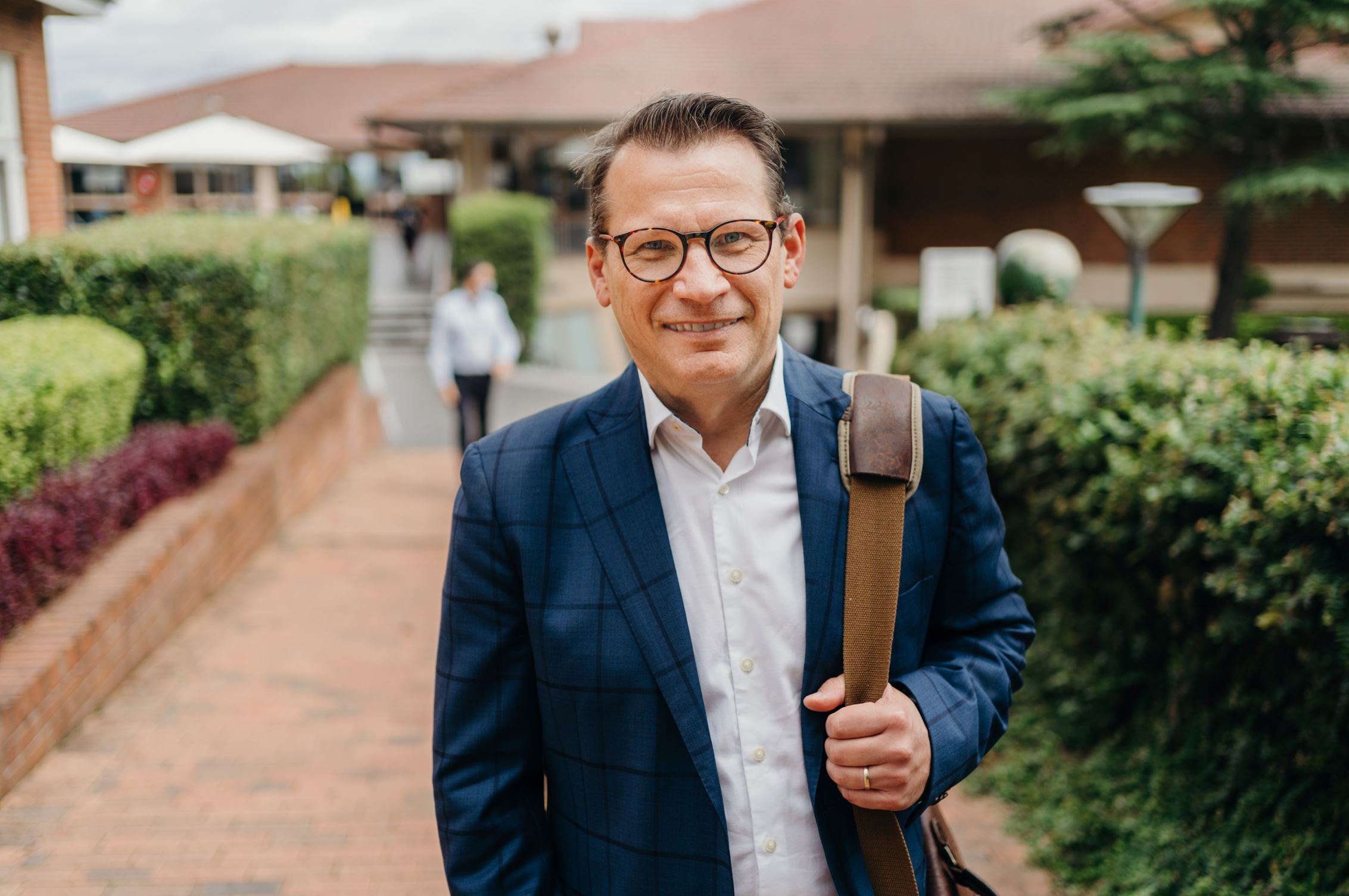
Parents are treating schools as spaces where the normal rules of workplace conduct don’t apply, Dr Paul Kidson says.
As a school principal, Kidson endured a troubling cyberbullying attack that played out while he was overseas with his family.
“My school council chairman rang and said, ‘I think we have a problem’. And for me, part of the issue was my sons saw that, it was across Facebook,” he explains.
“If you’re a principal, and you think everybody loves you, you’re deluded.
“If you want to be loved, get a dog. But the damage that is caused to people who are not party to the issue is part and parcel of that cyberbullying attitude ...
“And so, it becomes a greater issue, and it is ephemeral. You cannot control it.”
Kidson says that too often the ‘inclusive and welcoming’ approach taken by schools is ‘trodden on by too many’, with principals’ goodwill coming back to bite them.
“If principals say ‘hey, feel free to email me if there’s any issues’, bang, that (inbox) gets clogged, because everybody wants to complain about something.
“So there are strategies that are actually very positive, that then get abused,” Kidson explains.
Behind some of the online vitriol lies unreasonable expectations around school leaders’ availability and their right to disconnect from work, the expert suggests.
“There’s too many instances of where a cranky emails come through at eight or nine or 10 o’clock at night, with an expectation that by eight o’clock in the morning, there is some response – it’s just unacceptable,” he says.
Naturally schools are keen to resolve issues raised, but parents’ explosive “haste of communicating” was not OK, Kidson warns.
“...many people will have written things in the spur of the moment and sent it off before they really proofread it and revise it.
“And they sadly put things in writing, particularly on social media, that are not what they would say if they were face-to-face with that person.
“Well, if they’re not, then don’t say it. It’s quite simple, really,” Kidson says.
The national study found almost half of school leaders (48.2 per cent) experienced physical violence, with more than half (53.9 per cent) reporting threats of violence.
Parents are treating schools not as workplaces, but seemingly as spaces where the normal rules of conduct don’t apply, Kidson says.
“I’ve heard one of 100 principals say, ‘the thing that gets up my nose about this, is that these families would never countenance me treating them like this in their workplace’.
“There’s too much talk of rights. Not enough talk about obligations – and a lot of the flow of who needs to do the work is one-way.”
Kidson says researchers are concerned about the clear increase in cyberbulling facing principals and the sense that things are “going in the wrong direction” with violence across the board.
“When we’ve balanced that up with the fact that we are trading on the generosity of too many school leaders, they will just go, ‘you know what, I just don’t need this anymore and I’m going to walk’.
“That was the compelling finding out of this year’s report: too many of them are saying, ‘you know what? If given the option, I pretty much might’.”
And while an arduous workload is the trigger for some, the expert said it’s the deluge of inappropriate behaviour and constant aggressiveness in communication on the part of parents that makes the decision to quit an easier one.
“One [principal] said, ‘I don’t want to retire, but I just can’t keep doing this,’” he noted.
“That is not reflective of a positive and collaborative, cooperative learning community.”
Victorian principals reported the lowest rates of offensive behaviour, after a law introduced in 2021 handed school leaders the power to issue School Community Safety Orders to parents who engage in harmful, threatening or abusive behaviour on campus.
Kidson says he has advised policymakers to consider this law for the rest of the country.
“It’s regressive. It’s disappointing. But you see the evidence there in that data,” he says.
“The problem is that it’s actually responding to the symptom, rather than the cause.
“But if we’re not going to have those parents be moderate in their behaviour and be more responsive in their attitude, well then maybe we have to deal with the symptom, and that seems to be a strategy that has had some impact.”
It is incumbent on governments to ensure the safety and wellbeing of the more than 300,000 staff in our schools, Kidson says, as this is not a problem that can be solved by principals alone.
“And sadly, if the mechanism that we need to use is something like those community safety orders, then perhaps that’s where we need to start.
“I desperately hope that’s not where we finish.”

